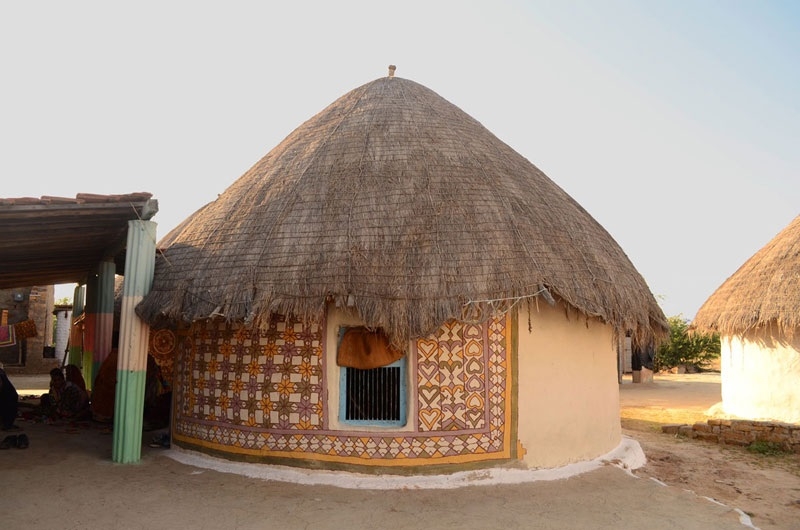Mud Houses: Structures that breathe
| Date :09-Jun-2025 |

By Shalki Shinde
If you have ever had the chance to visit a mud house, you can count it among the good things you have seen in life. While generations before us spent their lives in these beautiful structures, our ‘progress’ today has taken us farther away from these earthy wonders.
Innumerable mud houses have stood strong for over a hundred years, when our cement houses begin to fall apart in a matter of 50-60 years. The irony is glaring. Also, the cement constructions have given rise to several modern-day crises like water-logging during rainy season, vanishing green spaces, rising temperatures, and ultimately, climate change.
Climate change, of course, isn’t the result of a single factor. It’s the outcome of numerous destructive human choices, accumulated over time.
And if we truly want a better future we must take meaningful, practical action. One such powerful action is building a mud house. And no, this isn’t outdated nostalgia, many young people today are already embracing this choice, not just in remote villages, but in bustling cities as well.
Building with mud is not a step backward; it is, in fact, forward-thinking. Mud houses last well over a century, and what’s more-they breathe.
The Indian culture has always honored natural and eco-conscious, long before the western world began discussing ‘sustainable living’. Ancient knowledge systems such as Vastu Shastra, or texts Samarangana Sutradhara are rich with knowledge on architecture, health and harmonious living
with Nature.
These traditional homes, known as Ayurgruhas (especially in Kerala), are as practical as they are poetic. Their walls are often made with a wooden or bamboo internal woven frame, packed and plastered with mud. Sometimes bricks are used-sun-dried or lightly baked-and these aren’t just any bricks. They’re made of mud mixed with medicinal plants prescribed in Ayurveda. The roof is often built with baked clay tiles, sloped just right to let rainwater slide off.
And now, if you’re looking for some more validation-here’s something remarkable, sourced from the website Sanatan Sanstha. On 12th September 2019, at Ramnathi in Goa, a study was conducted using the Universal Aura Scanner, a device invented by former nuclear scientist Dr Mannem Murthy in 2005. They tested different types of bricks: a standard baked mud brick, a baked brick fortified with medicinal herbs, and a sun-dried brick also infused with herbs. The results? None of the bricks emitted harmful infrared or ultraviolet rays. But the unbaked, sun-dried mud brick with medicinal plants had the strongest aura of positive energy, measuring 3.67 meters, with a total aura field of 5.04 meters.
So, why do we continue to ignore these living, breathing, sacred spaces? Why are we so quick to trade beauty, health, and sustainability for sterile concrete boxes? Let us not wait for some abstract future to act. The solution is right in front of us.
By Shalki Shinde